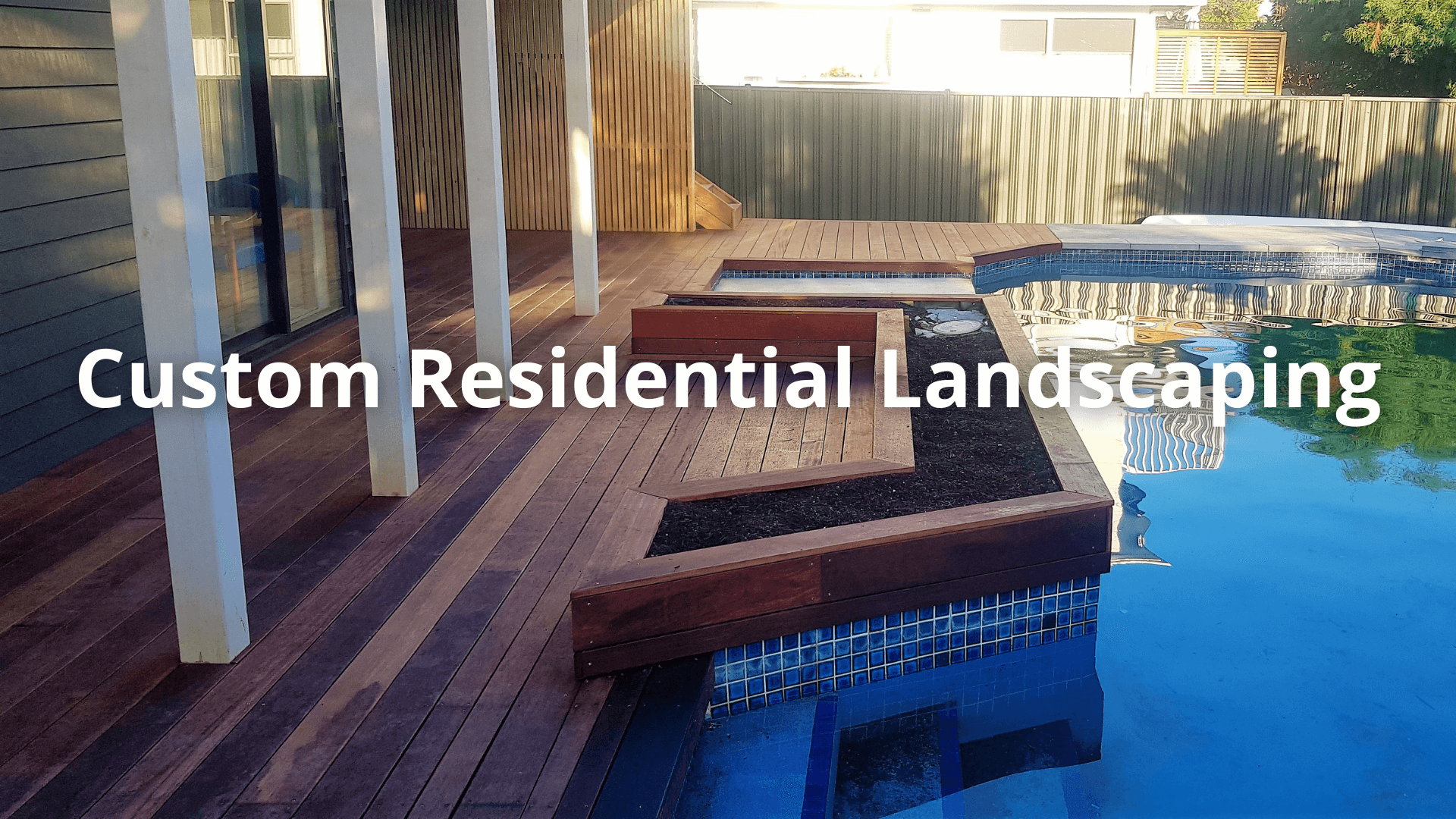
Landscaping Auckland NZ Tips: What Every Homeowner Should Know
If you're planning a garden makeover or outdoor renovation, understanding the ins and outs of landscaping in Auckland, NZ, is essential. With Auckland's diverse climate, terrain, and soil types, successful landscaping relies on local knowledge and thoughtful planning. This guide offers practical, non-sales advice to help Auckland homeowners create outdoor spaces that thrive year-round.
1. Know Auckland's Climate Before You Plant
Understanding Auckland's subtropical climate, with its warm, humid summers and mild, wet winters, is crucial. This knowledge not only leads to rapid plant growth but also helps you anticipate and manage drainage issues, weed pressure, and seasonal extremes when landscaping Auckland, NZ properties.
Native species, such as pōhutukawa, griselinia, kōwhai, and carex grasses, are excellent choices for landscaping in Auckland. They're not just resilient and low-maintenance, but they also help attract native birds and insects, adding ecological value to your garden. Their ability to thrive in the local climate and their low water requirements make them a sustainable and cost-effective choice for your landscaping needs.
2. Understand Your Soil Type
Soil quality in Auckland varies depending on location—ranging from clay-heavy soils in the west to volcanic and loamy soils near the central isthmus. A simple soil test can help determine your soil's texture and nutrient profile.
Clay soils often require conditioning with compost or gypsum to improve drainage, while sandy soils benefit from the addition of organic matter to retain moisture. Building raised garden beds is a popular solution in Auckland to improve both drainage and soil control.
3. Make the Most of Slopes and Natural Features
Sloped sites are common across the Auckland region. Instead of flattening the land, work with the natural topography. Utilise retaining walls, terraces, and stepped gardens to prevent erosion and create functional outdoor spaces. By doing so, you not only prevent soil erosion but also create unique and interesting areas in your garden, adding to its aesthetic appeal.
When landscaping homes in Auckland, NZ, with elevation changes, drainage is critical. Direct water away from structures using swales, gravel beds, or natural channels to prevent erosion and damage. This helps reduce waterlogging in wet months and protects your landscaping investment.
4. Design for Outdoor Living
Outdoor spaces are a core part of life in Auckland. From summer BBQs to relaxed evening gatherings, your landscaping should reflect how you want to live.
Design around sun angles, prevailing winds, and privacy needs. Use native hedging, pergolas, or screens to block wind and define areas. Position outdoor dining or lounging spaces where they'll get morning sun or evening shade, depending on your preferences.
5. Focus on Sustainability and Low Maintenance
Embracing sustainable landscaping in Auckland, NZ, isn't just a trend—it's a responsible choice. Using mulch to retain soil moisture, prevent weeds, and protect plant roots, installing permeable paving to reduce runoff, and considering rainwater collection to support your garden during dry spells are all ways to make your landscaping more eco-friendly.
Select drought-tolerant natives and group plants according to their water needs. Avoid overplanting and plan for future growth to minimise pruning and upkeep.
FAQs About Landscaping Auckland NZ
1. What is the best time of year to start landscaping in Auckland, NZ?
The best time to begin landscaping in Auckland is during autumn or early spring. These seasons offer moderate temperatures and consistent rainfall, allowing new plants to establish themselves before the harsher summer or wetter winter months.
2. What plants grow well when landscaping Auckland NZ properties?
Native plants like pittosporum, harakeke (flax), kōwhai, and griselinia are ideal for Auckland gardens. These species thrive in the local climate, require less water, and support native wildlife, making them a wise, sustainable choice.
3. Do I need to worry about drainage when landscaping in Auckland?
Yes. Due to Auckland's high rainfall and clay-heavy soils in some areas, proper drainage is crucial. Consider installing French drains, using raised beds, or adding permeable surfaces to prevent water pooling and root damage.
4. How much does landscaping in Auckland, NZ, typically cost?
Costs can vary widely based on the scope of work, but a basic garden refresh might start around $3,000–$5,000, while full-scale landscaping projects with hardscaping, drainage, and planting can range from $10,000 upwards. Always get a detailed quote from a qualified landscaper.
5. Is native planting better for landscaping Auckland NZ homes?
In most cases, yes. Native plants are better adapted to Auckland's climate, require less maintenance, and help support the local ecosystem. They're also often more resilient to pests and diseases common in the region.
Final Thoughts
Landscaping in Auckland, NZ, is most successful when it's tailored to the local environment. By choosing native plants, improving soil where necessary, managing slopes effectively, and adopting sustainable practices, you'll create a garden that not only looks good but also works well with Auckland's unique conditions.
Whether you're starting small or tackling a complete backyard transformation, remember that local knowledge is your greatest asset. By understanding Auckland's unique climate, soil types, and terrain, you can confidently create a garden that not only looks good but also thrives in our local conditions.









